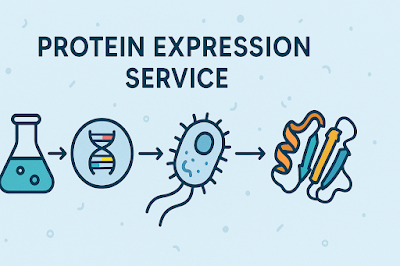Protein Production Services for Research and Commercial Use

I have spent years working alongside researchers, process scientists, and product development teams who all share one common challenge: producing high-quality proteins that are reliable, reproducible, and ready for real-world application. From early discovery to full-scale commercialization, I’ve learned that protein production is never “one size fits all.” Every project has its own expression hurdles, purification challenges, and quality expectations. In this blog, I want to walk you through how protein production services support both research and commercial use, why outsourcing is often the smartest path, and how a trusted contract partner can make the difference between stalled progress and confident success. Why Protein Production Matters More Than Ever I see protein production as the backbone of modern life sciences. Whether you’re developing biologics, diagnostic assays, enzymes, or vaccines, everything starts with a protein that must behave exactly as expected. Poorly e...
.png)




